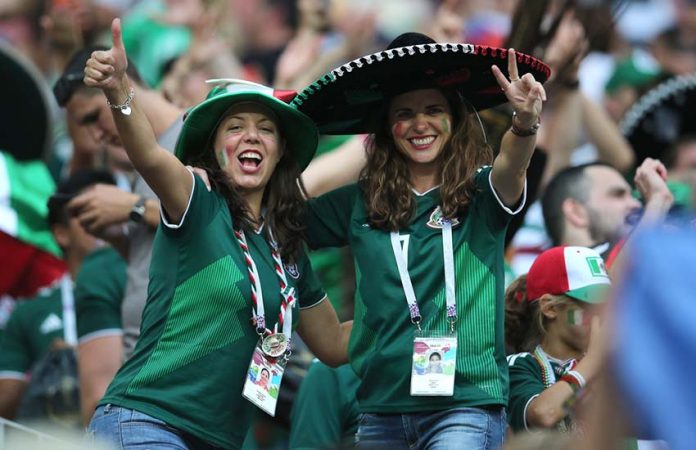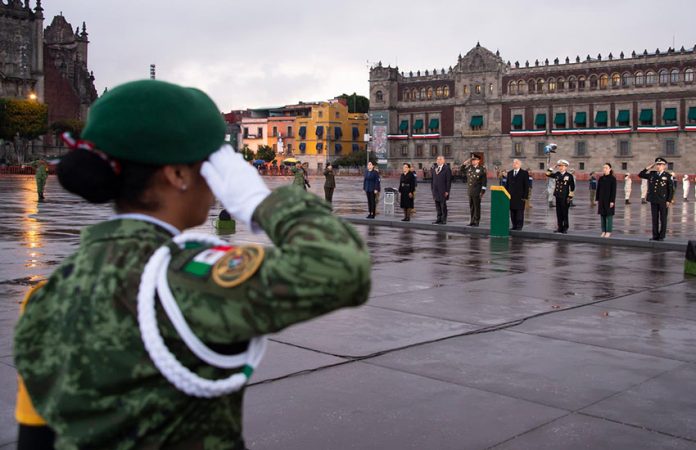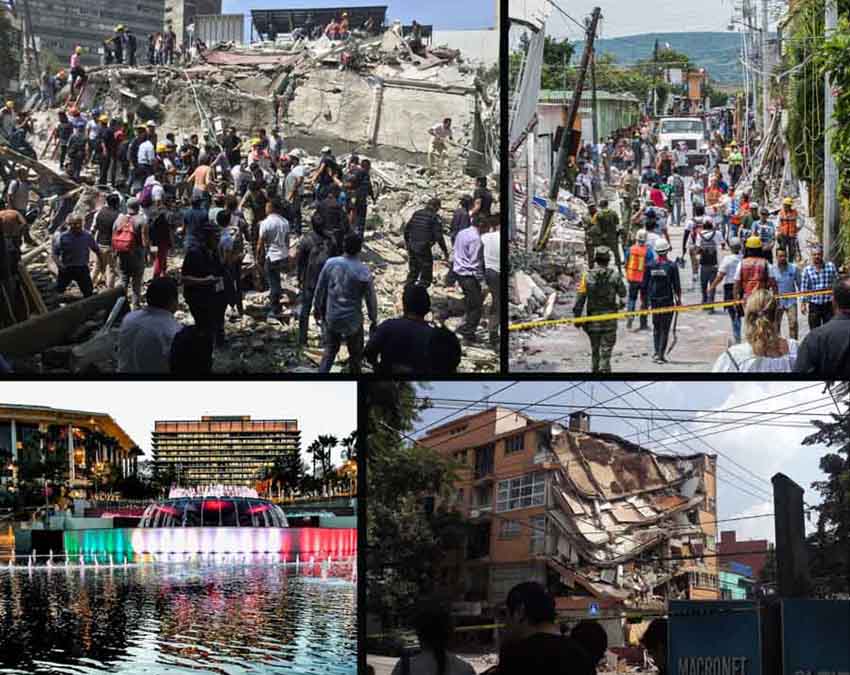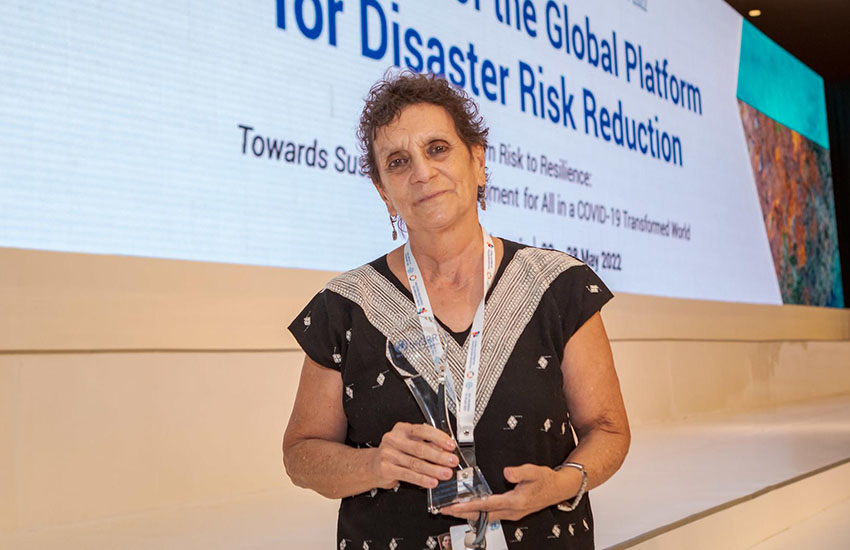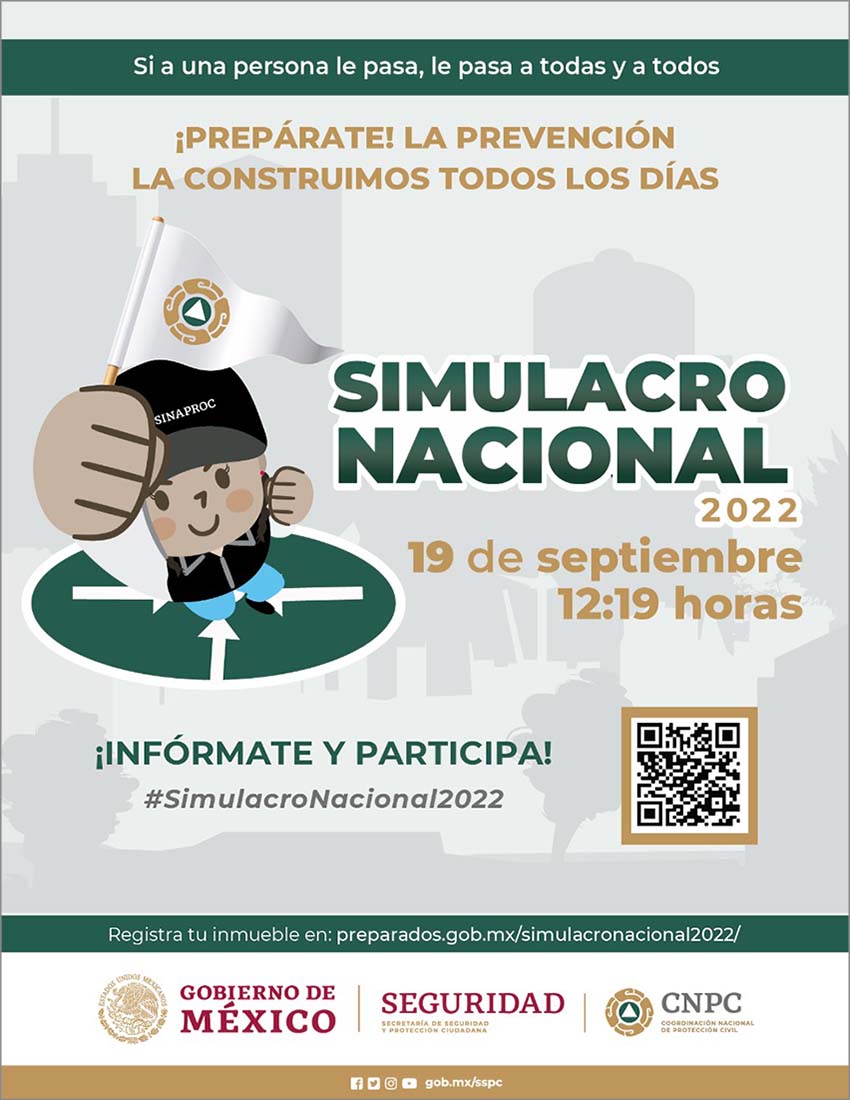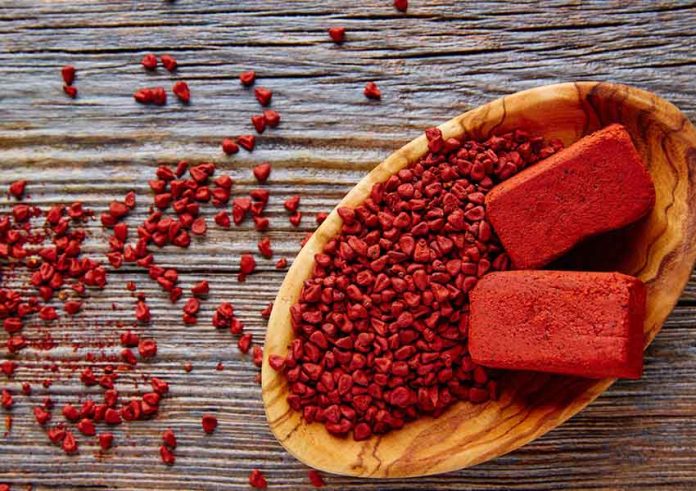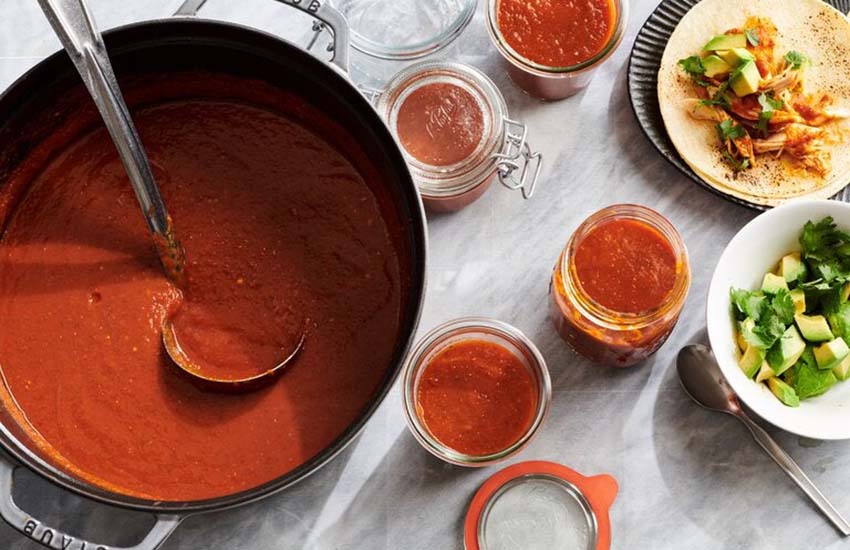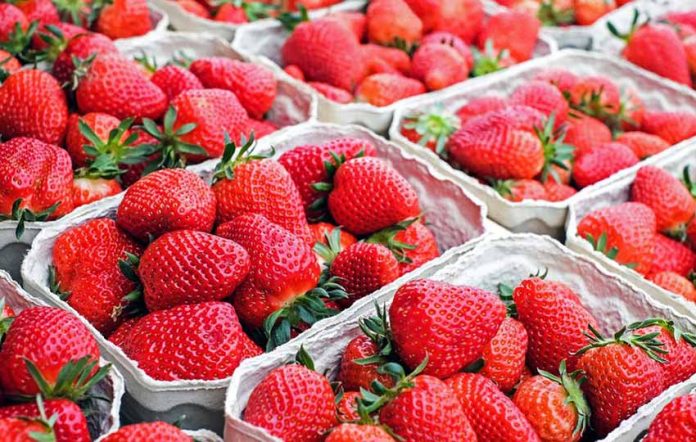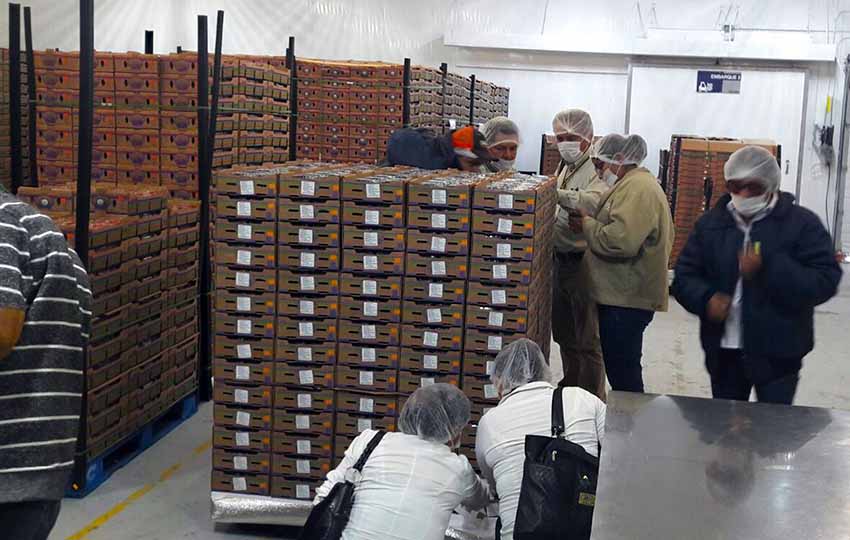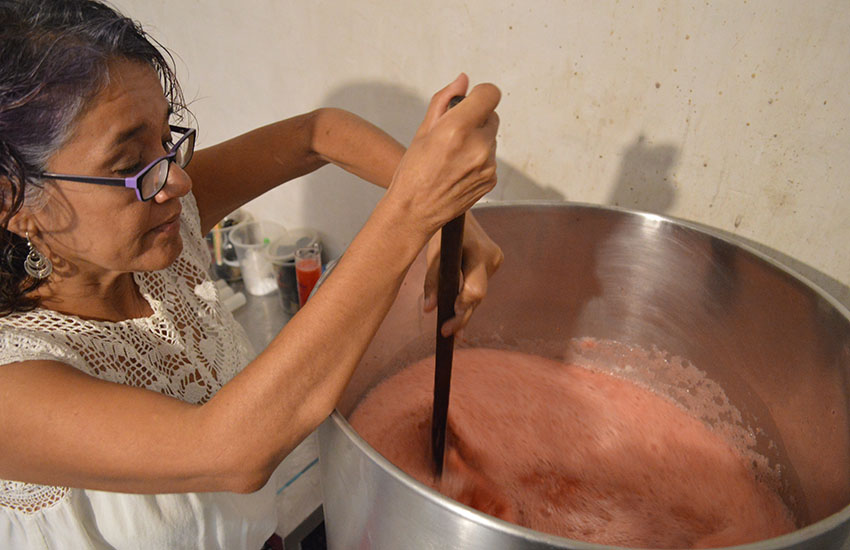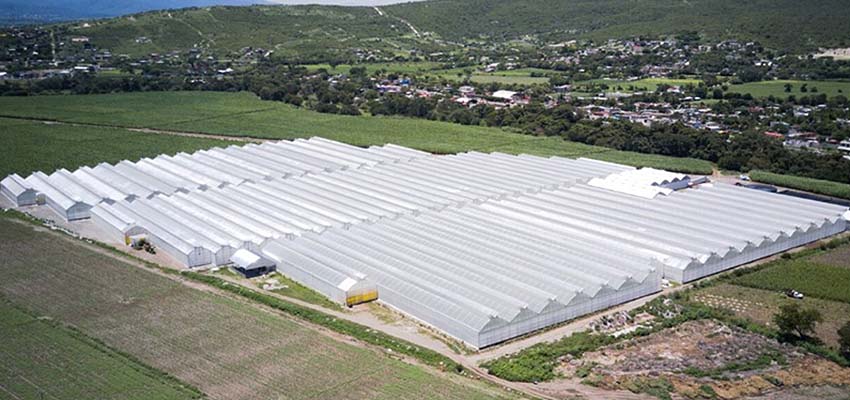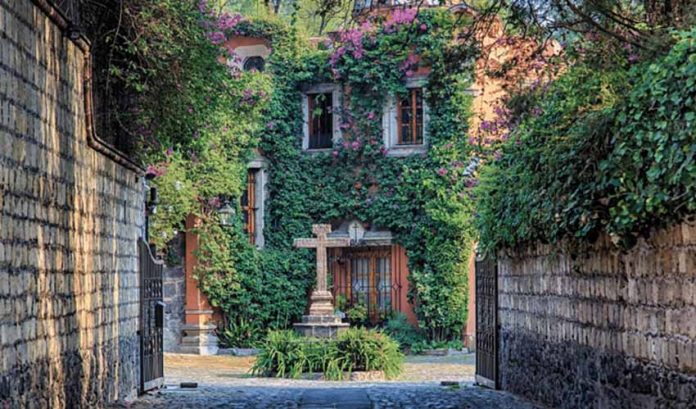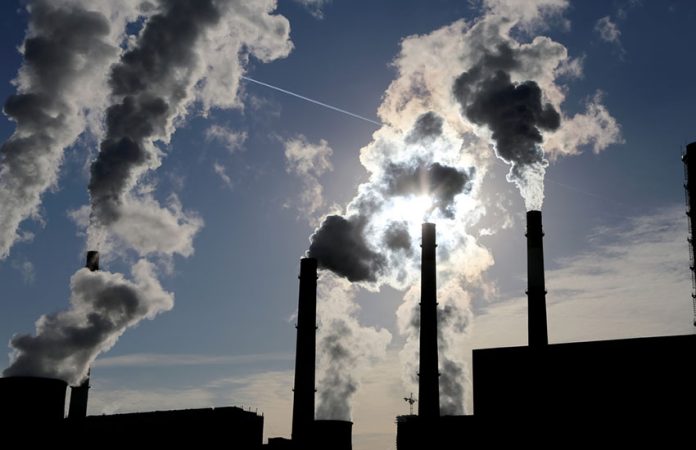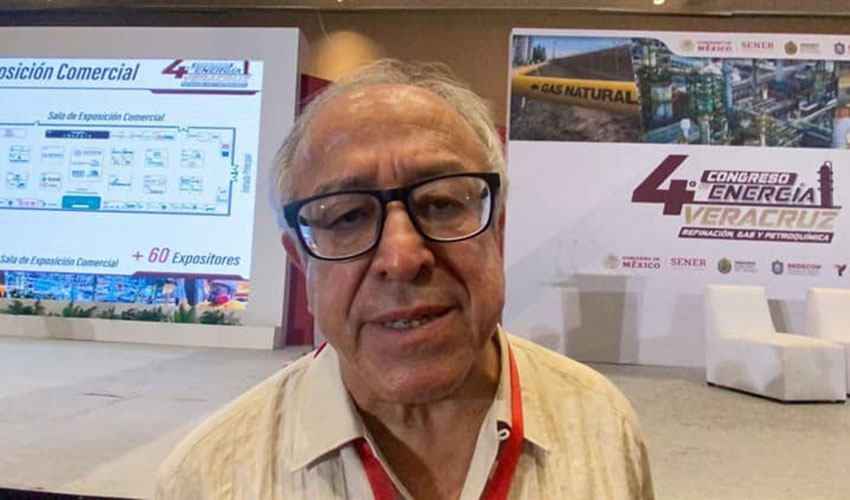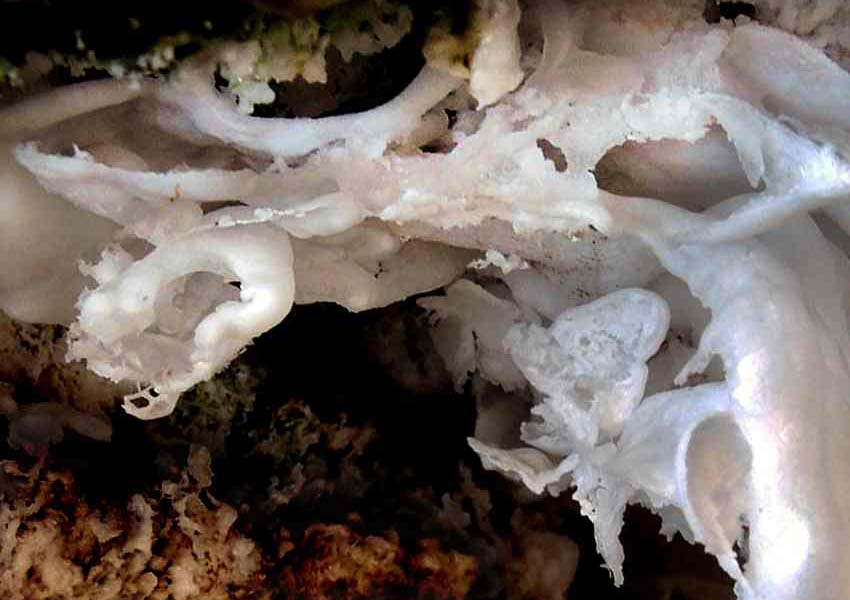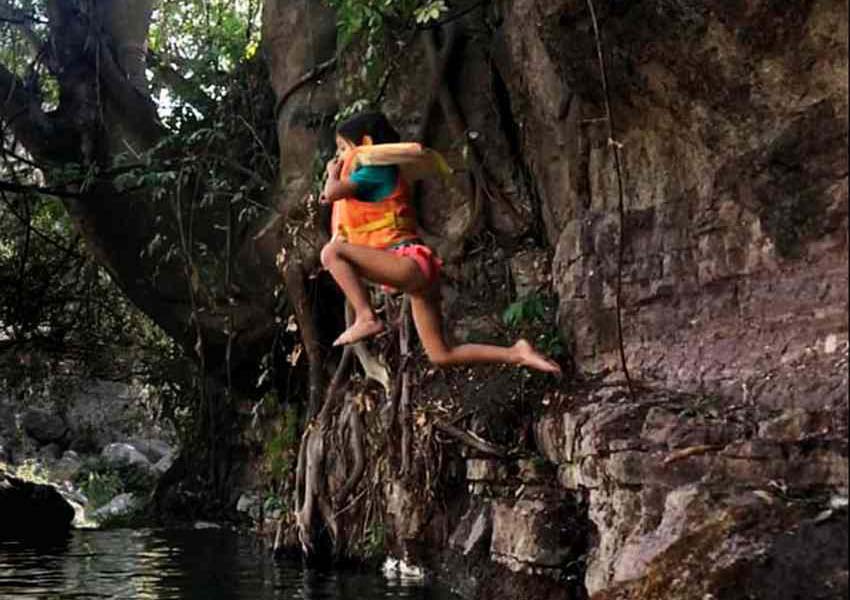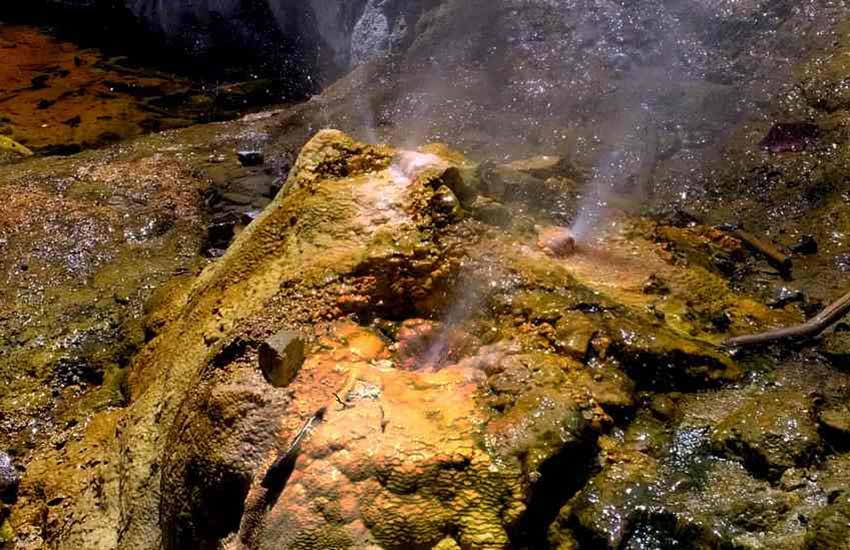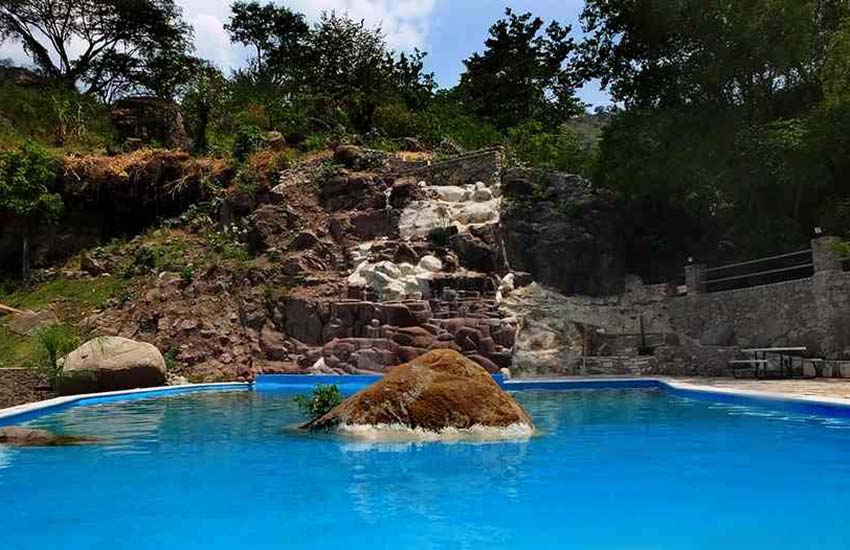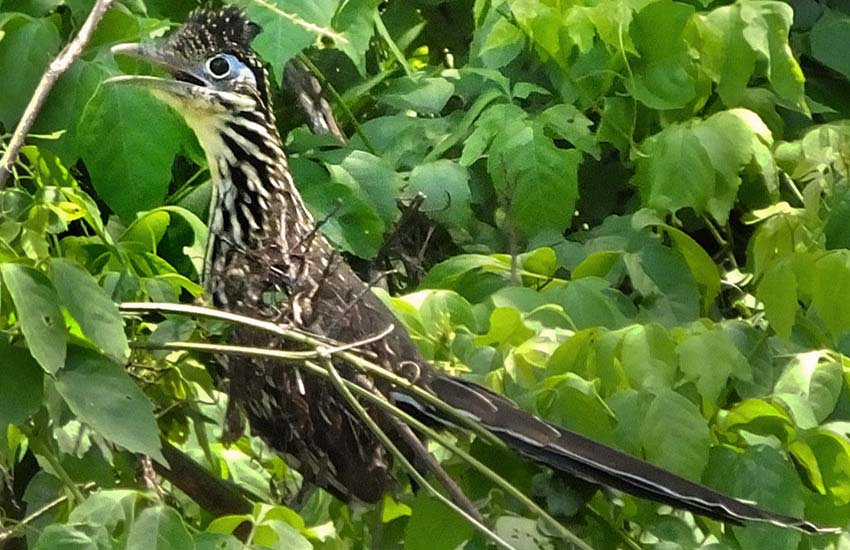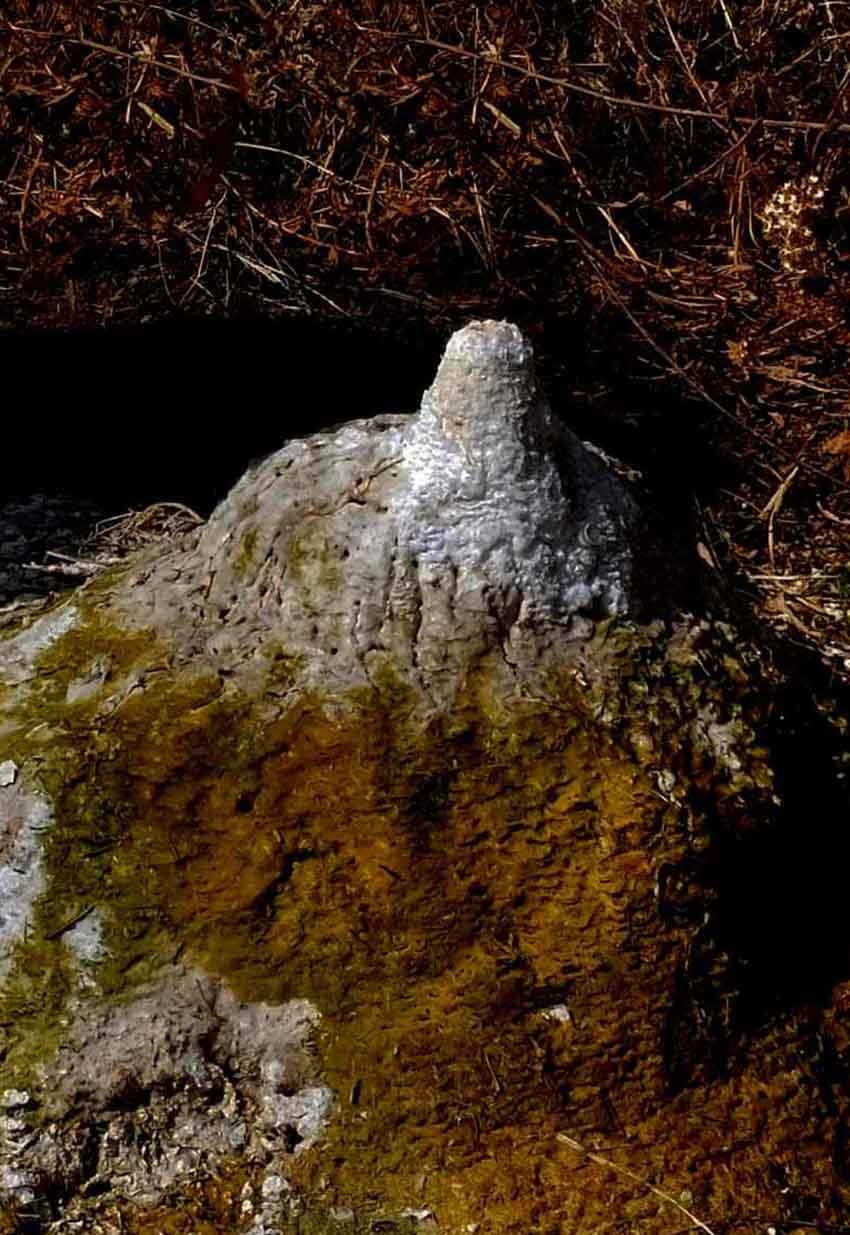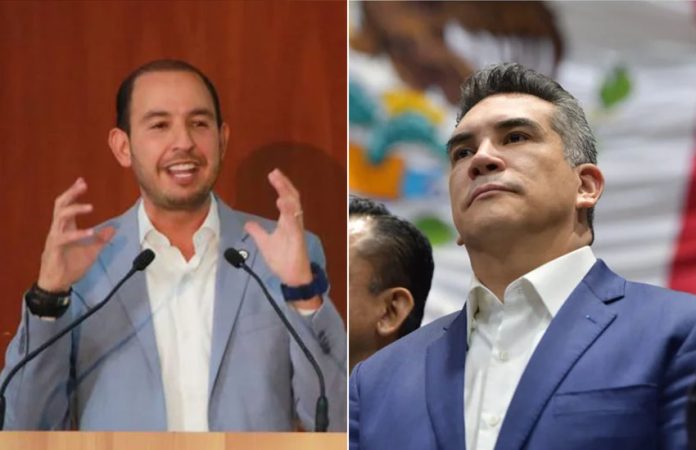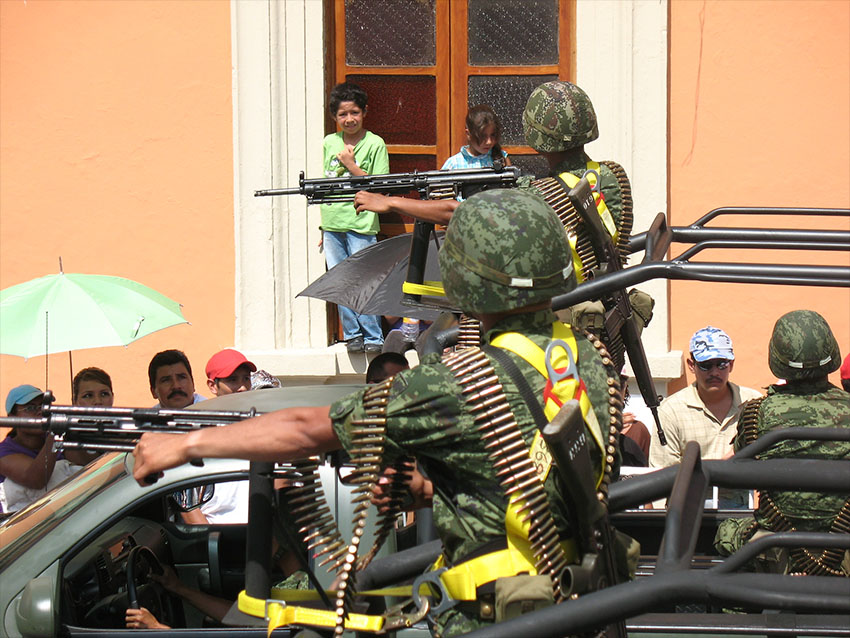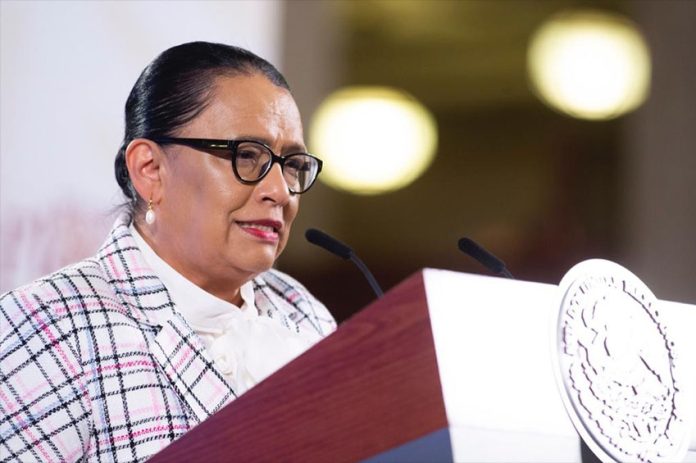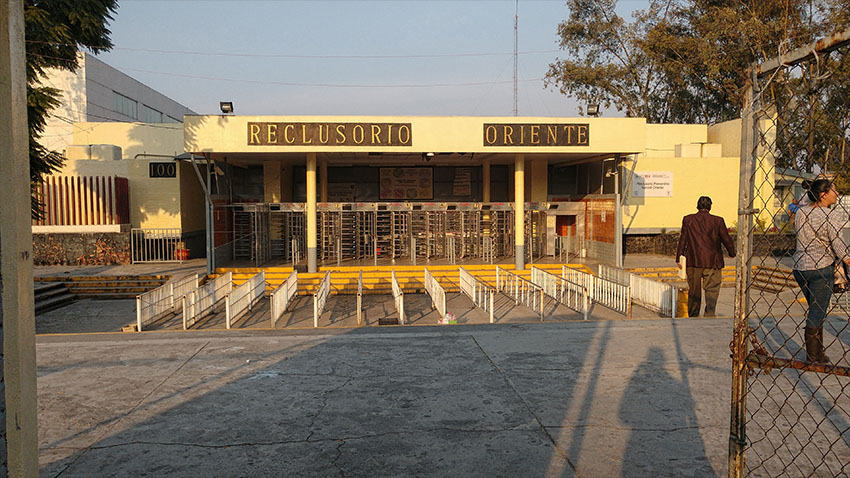Two months away from the Mexican soccer team’s opening game in the 2022 World Cup, the Foreign Affairs Ministry is reporting that more than 60,000 fans of El Tri — the nickname for the Mexican national team — will be traveling to Doha, Qatar, to watch their team play.
Mexico, which will open the 32-team tournament against Poland on November 22, will have so many of its fans in Doha that its second game, four days later against Argentina, has been moved from a stadium that seats 40,000 to Lusail Stadium, Qatar’s biggest arena venue, with a 80,000-seat capacity — where the World Cup finals will be held.
The figure on how many Mexican fans will be making the difficult and expensive trek to Qatar was provided last week by Alfonso Zegbe, the director of strategy and public diplomacy for the Foreign Affairs Ministry.
He also pointed out that this World Cup, which will run from November 20 through December 18, will be a learning experience for Mexican officials because the next World Cup in 2026 will be jointly hosted by 16 cities in North America.
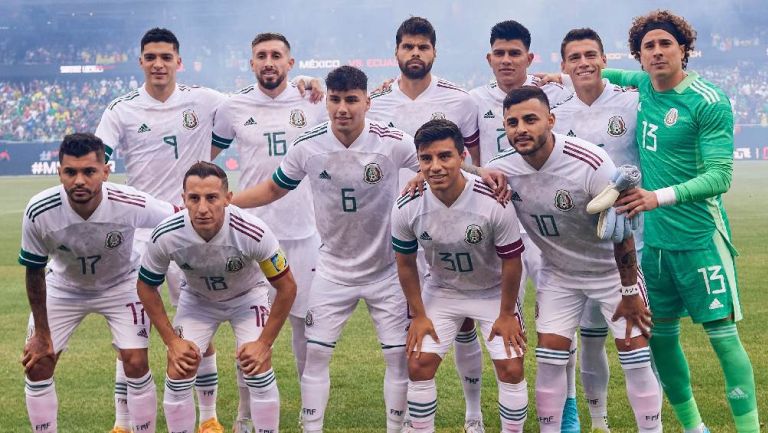
“The legacy of Qatar 2022 is important for the next one,” Zegbe said. “On December 18, Mexico, the United States and Canada will receive the baton for the next World Cup, an opportunity with challenges and risks.”
Mexico City, Monterrey and Guadalajara will host World Cup 2026 games, FIFA announced in August.
Zegbe will be leading a delegation of Mexican government officials to Qatar to study logistics, security and other practices. His team will settle in at the Mexico-Qatar Center, which will be at a luxury beachside resort in Sumaysimah, about 20 minutes from downtown Doha. Personnel there will also be providing assistance to Mexicans attending the World Cup should they have problems with tickets, documentation or health issues.
“As a government, we are going to work together with the organizing authorities of 2026,” Zegbe added. “There are experiences that we can take from Qatar such as infrastructure, tourism and the way in which everything at Doha airport is made digital [and] biometric.”
Meanwhile, fans of El Tri will be hoping their team can advance into the second round (commonly called the Round of 16) — and from there into the quarterfinals.
Mexico has never won a World Cup in the 21 times it has been contested, and it has been eliminated in the Round of 16 in seven straight World Cups — a sore point with the fans and with the country’s soccer establishment.
Mexico is in Group C with Argentina, Saudi Arabia and Poland, and it will play each of those teams once in the first round, or group stage. The group’s top two teams will advance into the Round of 16, which will begin on December 3. (The United States is in Group B with England, Iran and Wales; Canada is in Group F with Belgium, Morocco and Croatia.)
Despite El Tri’s lack of success since making the quarterfinals in 1986 — in a World Cup that it hosted and which was won by Argentina and its 25-year-old superstar Diego Maradona — the “invasion” of its fans has been a constant in recent World Cups.

When it was held in Russia in 2018, data from the Russian government says that 44,000 Mexicans attended one of the four games played by El Tri, and that they were the largest contingent of fans from any country besides the host country.
Four years earlier in Brazil, some 34,000 Mexicans traveled there, putting them fifth in foreigner attendance behind Argentina, the U.S., Chile and Colombia.
Fans traveling to Qatar have found out that it isn’t easy or cheap. With no direct flights, the 14,000-kilometer, minimum 15-hour trip requires at least one stopover in Europe or the United States. The newspaper El Pais reported last week that the cheapest round trip was 34,000 pesos (US $1,700) while group stage game tickets were between 1,382 and 6,051 pesos (US $69 to $302).
When ticket sales ended on August 16, Mexico was among the five countries that had bought the most tickets, according to FIFA, the international governing body of soccer.
In most World Cups, venues are scattered throughout the country, but in Qatar this year, all eight stadiums are either in Doha or no more than 70 kilometers away.
Mexico’s three games will be broadcast on Televisa and Televisión Azteca, which also will broadcast 32 other matches, including the semifinals on December 13 and 14 and the final on December 18. ViX, a streaming service owned by TelevisaUnivision, will offer eight matches; other matches will be on Sky, Televisa’s satellite pay service.
According to the newspaper Milenio, between 650 and 700 Mexicans live in Qatar, many of them working in the airline industry, the hydrocarbon industry, the tourism industry, the Qatari government or with the organizing committee of the 2026 World Cup.
